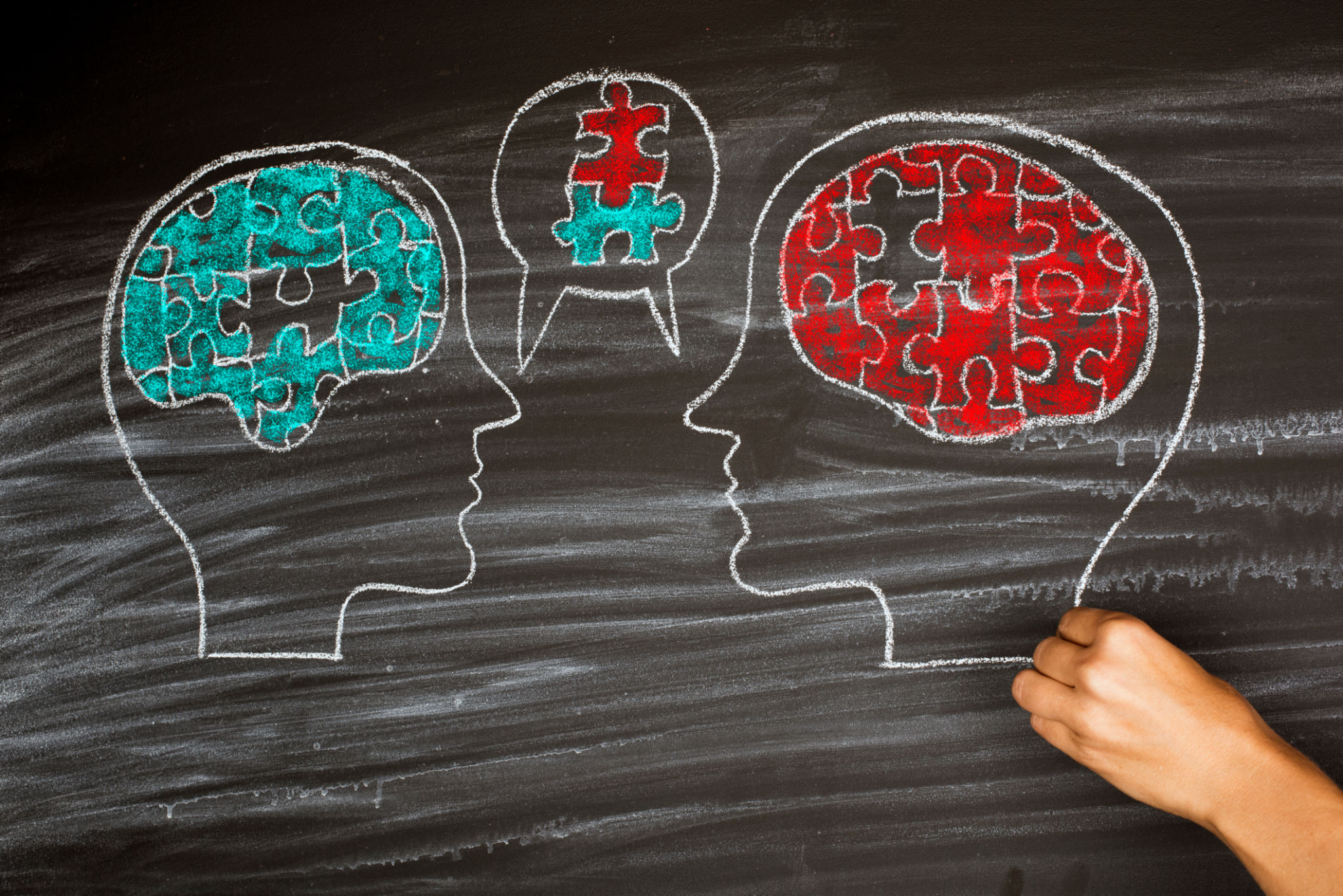Enhancing Athletic Performance with Neuro Training
Understanding Neuro Training
Neuro training is an innovative approach that combines neuroscience and athletic training to enhance sports performance. By focusing on the brain's ability to adapt and improve through specific exercises and techniques, athletes can achieve higher levels of mental acuity and physical prowess. This method leverages the brain's plasticity to create new neural pathways, leading to improved coordination, reaction times, and cognitive function.

The Science Behind Neuro Training
At the core of neuro training is the concept of neuroplasticity, which refers to the brain's ability to reorganize itself by forming new connections throughout life. Neuro training exercises are designed to stimulate these changes, allowing athletes to better control their bodies and minds. This is achieved through a variety of techniques, such as cognitive drills, sensory integration tasks, and balance exercises that challenge the nervous system.
Benefits of Neuro Training for Athletes
Neuro training offers numerous benefits, helping athletes reach new heights in their performance. Some of the key advantages include:
- Improved reaction times: Athletes can respond more quickly to stimuli, giving them a competitive edge.
- Enhanced focus and concentration: With better mental clarity, athletes can maintain peak performance for longer periods.
- Increased coordination and balance: Neuro training helps athletes develop better control over their movements.
Incorporating Neuro Training into Your Routine
Integrating neuro training into an athlete's routine doesn't require a complete overhaul. Instead, it can be seamlessly added to existing workouts. Coaches and trainers often use tools such as visual tracking devices, balance boards, and reaction lights to create engaging exercises that promote brain development alongside physical conditioning.

Sample Neuro Training Exercises
Here are a few exercises that can be incorporated into training sessions to enhance neuroplasticity:
- Reaction drills: Use flashcards or apps that test visual and auditory reaction times.
- Balance challenges: Incorporate balance boards or stability balls to improve coordination.
- Sensory tasks: Engage in activities that require simultaneous use of multiple senses, like catching a ball while listening to music.
Technology's Role in Neuro Training
The rise of technology has greatly expanded the possibilities for neuro training. Tools like virtual reality (VR) and augmented reality (AR) can simulate realistic sports scenarios, allowing athletes to practice their skills in a controlled yet dynamic environment. Additionally, brain-monitoring devices provide real-time feedback on cognitive performance, enabling athletes and coaches to make informed adjustments to their training programs.
The Future of Athletic Performance
As the understanding of neuroscience continues to evolve, so too does the potential for neuro training in sports. This approach offers a promising avenue for athletes seeking to maximize their capabilities, not only through physical conditioning but also by sharpening their mental skills. The integration of neuro training into mainstream athletic programs is likely to become more prevalent as its benefits become increasingly recognized.

In conclusion, neuro training represents a cutting-edge intersection between neuroscience and athletic performance. By tapping into the brain's potential for growth and adaptation, athletes can unlock new levels of achievement, paving the way for a future where mental and physical excellence go hand in hand.